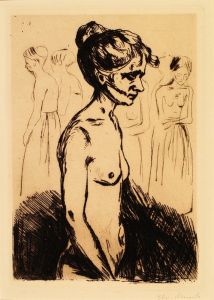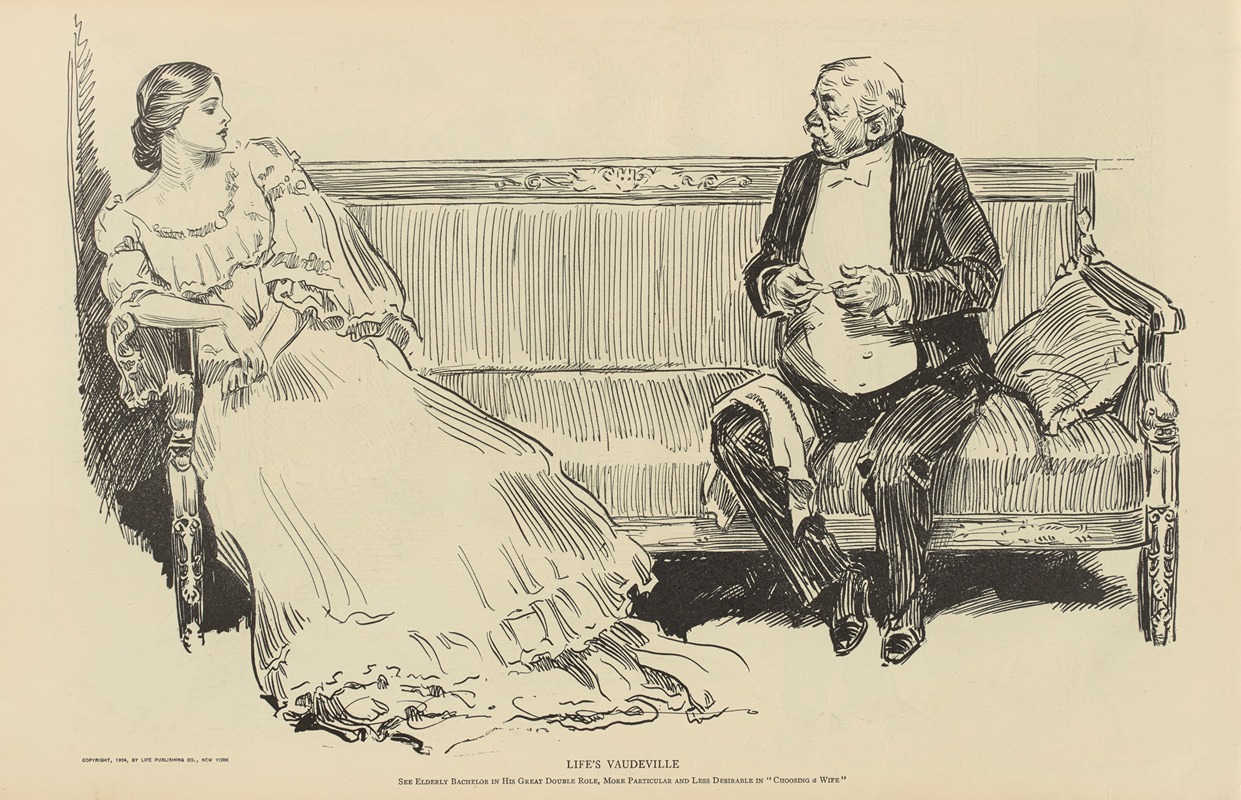
Life’s vaudeville
A hand-painted replica of Charles Dana Gibson’s masterpiece Life’s vaudeville, meticulously crafted by professional artists to capture the true essence of the original. Each piece is created with museum-quality canvas and rare mineral pigments, carefully painted by experienced artists with delicate brushstrokes and rich, layered colors to perfectly recreate the texture of the original artwork. Unlike machine-printed reproductions, this hand-painted version brings the painting to life, infused with the artist’s emotions and skill in every stroke. Whether for personal collection or home decoration, it instantly elevates the artistic atmosphere of any space.
Charles Dana Gibson was an influential American illustrator best known for his creation of the "Gibson Girl," an iconic representation of the independent and fashionable American woman at the turn of the 20th century. One of his notable works is "Life’s Vaudeville," which exemplifies his keen eye for social commentary and his skillful artistry.
"Life’s Vaudeville" is a black-and-white illustration that captures the essence of vaudeville, a theatrical genre of variety entertainment prevalent in the United States from the late 19th century through the early 20th century. Vaudeville was known for its eclectic mix of performances, including comedy, music, dance, and drama, and it played a significant role in shaping American entertainment culture during that era.
Gibson's illustration reflects the lively and diverse nature of vaudeville, portraying a scene filled with dynamic characters and interactions. His work often included a satirical edge, and "Life’s Vaudeville" is no exception, as it subtly critiques societal norms and behaviors through its depiction of exaggerated characters and situations. The illustration showcases Gibson's ability to blend humor with social observation, a hallmark of his artistic style.
The piece is characterized by Gibson's signature pen-and-ink technique, which allowed for intricate detail and expressive line work. His mastery of this medium is evident in the way he captures the nuances of expression and movement, bringing the scene to life with a sense of immediacy and vibrancy. The composition is carefully arranged to guide the viewer's eye through the various elements of the scene, highlighting the interactions between characters and the overall atmosphere of the vaudeville setting.
Gibson's work, including "Life’s Vaudeville," was widely published in magazines such as "Life" and "Collier's Weekly," reaching a broad audience and influencing public perceptions of contemporary culture. His illustrations were not only popular for their aesthetic appeal but also for their insightful commentary on the social dynamics of the time.
"Life’s Vaudeville" serves as a testament to Gibson's talent as an illustrator and his ability to capture the spirit of an era. Through his art, he provided a window into the complexities of early 20th-century American society, using humor and satire to engage viewers and provoke thought. His work remains an important part of American art history, offering valuable insights into the cultural landscape of his time.
In summary, Charles Dana Gibson's "Life’s Vaudeville" is a notable example of his artistic prowess and his capacity for social critique. The illustration not only reflects the vibrant world of vaudeville but also serves as a commentary on the broader societal themes of the early 1900s. Through his detailed and expressive style, Gibson continues to be celebrated as a significant figure in the history of American illustration.





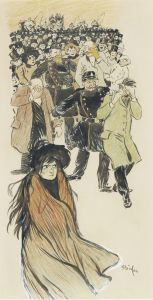

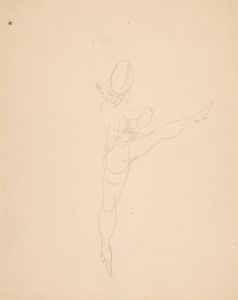

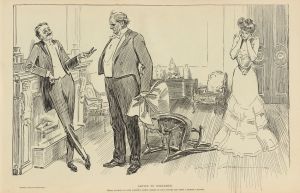
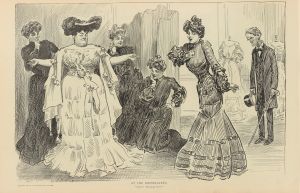
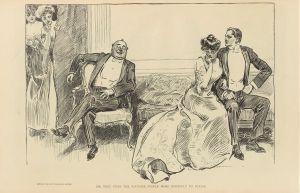

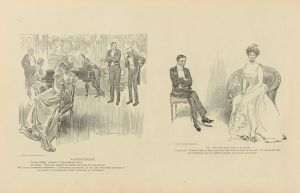
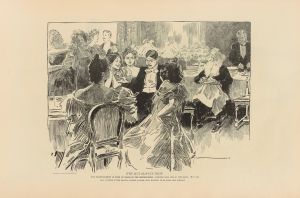
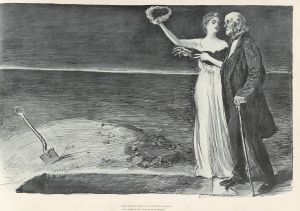
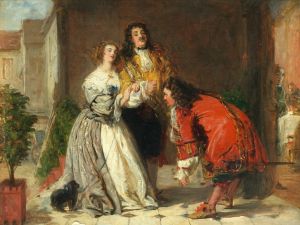
![Lady With A Mask [Comedy]](/imgs/246750/s/jules-cheret-lady-with-a-mask-comedy-ba0fcc79.jpg)
